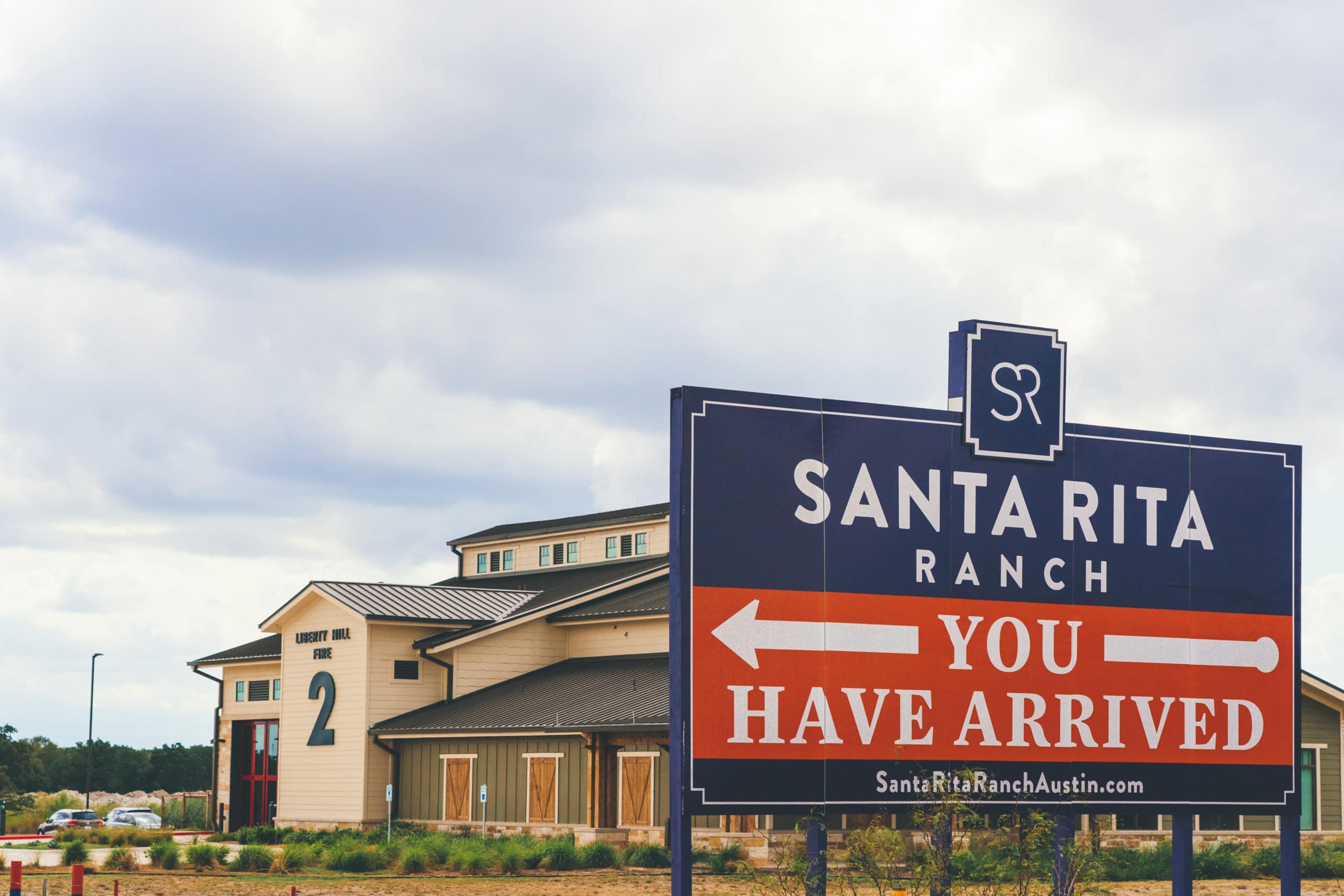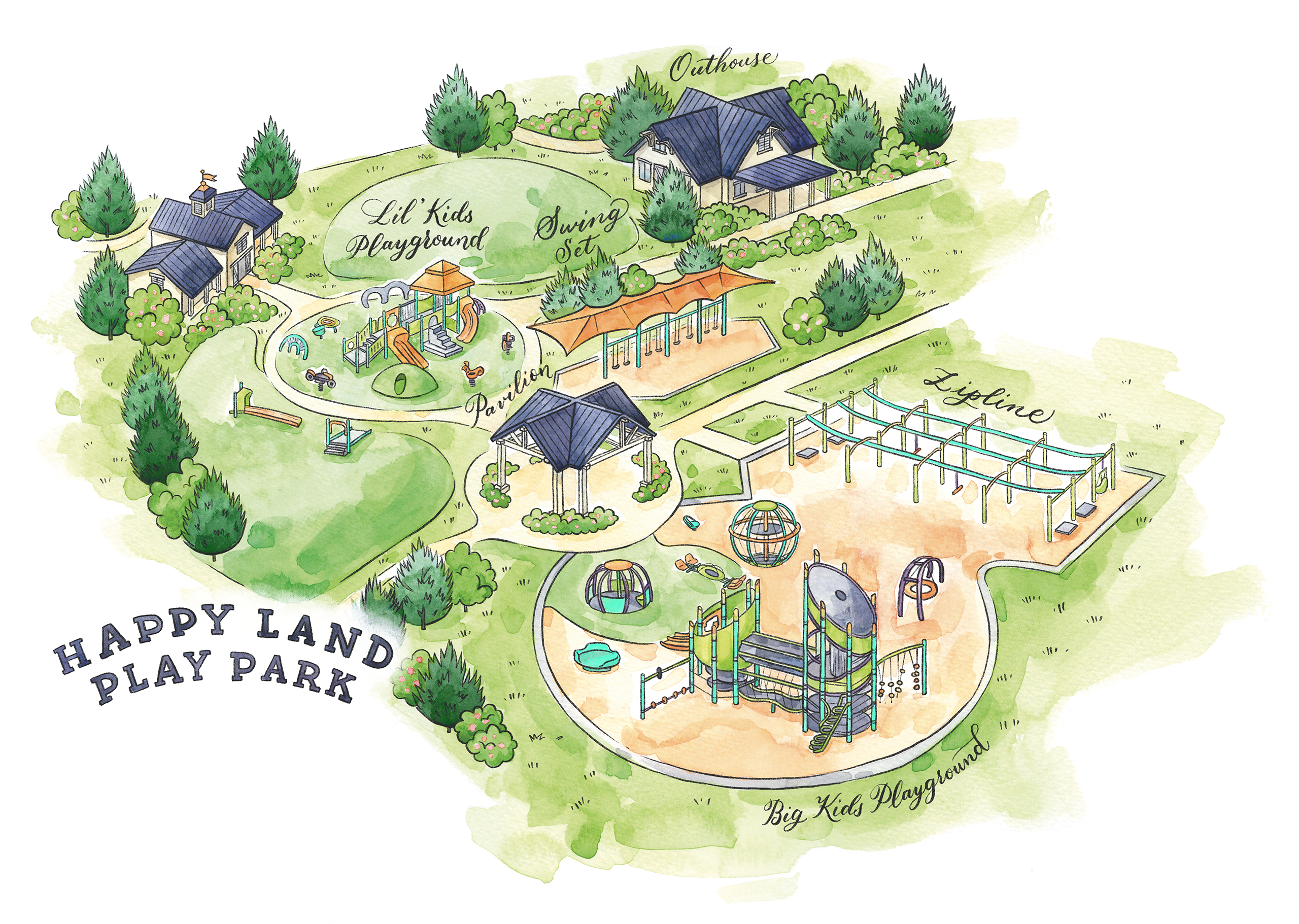In 2021, Texas saw the largest annual population growth of any state in the U.S. Hundreds of thousands of people relocated to Texas from other parts of the country, many of them from California, Florida, Louisiana, Illinois, and Oklahoma. Here at Santa Rita Ranch, we welcome all those who have decided to make the great state of Texas their new home! With so many folks moving to the Lone Star State, we’ve been getting a lot of questions like, “What is a MUD tax?”
Folks are asking about our Municipal Utility Districts, and they’re wondering what they need to know about Williamson County MUD taxes before they move to Santa Rita Ranch. What is a MUD tax, how do we pay it, and what does it cover? These are the kinds of questions we hear all the time. They’re important questions, and fortunately, the answers are fairly simple! We thought it would help if we put together an informative article that answers all of these questions and more. Let’s talk about MUD!
What is a MUD?
For starters, a Municipal Utility District, or MUD, is somewhat unique to Texas, although the idea has started to catch on in other states around the country. Texas lawmakers started the first MUDs in the 1940s to help finance water and sewer projects in rural areas that lacked the resources to build their own infrastructure. The MUDs of today bear a strong resemblance to those earliest ones. A Municipal Utility District acts as a limited form of local government to help finance infrastructure in areas not covered by other municipal districts. A MUD is not quite the same as a city or a county, but it fills some of the same roles. The Williamson County MUD taxes are fees that help to fund the development of infrastructure, including electric lines, water, sewer, and more in the areas covered by the MUD, including Santa Rita Ranch!
What is a MUD Tax?
All that infrastructure has to be funded somehow, and if you live in a Municipal Utility District, your MUD tax is how everything gets paid for. The MUD itself is responsible for setting the tax amounts, and the money goes directly to the MUD to pay for water, sewer, drainage, roads, and so on. This way, everyone has the things they need, and everybody shares the bill so that the burden doesn’t fall unevenly on some homeowners over others.
What are the benefits of living in a MUD?
Sure, the idea of paying an extra tax doesn’t exactly sound appealing, but living in a MUD has a lot of benefits. The Municipal Utility District is a unique but stable mechanism for providing utilities and other important infrastructure, and these districts have created plenty of growth in communities all over Texas for more than 60 years. Also, unique funding solutions like MUDs are part of how Texas keeps the cost of living—and the overall tax rate—so low throughout the state.
What does living in a MUD mean for the property owner?
As we mentioned, MUDs help keep homeownership affordable in places where infrastructure would otherwise be added to the price of a new home. Essentially, you can look at the Williamson County MUD taxes that you pay over time as an alternative to seeing a bigger price tag on your home at the time of the purchase. It also means that you’ll be living in a community where infrastructure is baked into the design around you and where funding for that infrastructure has already been secured, so you’re less likely to see unpleasant surprises down the road. As time goes on and the community grows, MUD taxes tend to decline because more homeowners share the cost.
How does a homeowner know if they’re in a MUD?
Don’t worry; you’ll know before you buy. Disclosures that your home is located in a Municipal Utility District, as well as the amount of the regular MUD tax and any potential MUD bonds, are provided before you purchase any home that is located in a MUD. If you have questions about our local MUD here in Williamson County, the folks at Santa Rita Ranch will be happy to answer them for you.
How do I pay my MUD tax?
Fortunately, this is fairly simple. Your MUD tax is usually included in your annual property tax bill, so you just have to make one simple payment. Better yet, as the community grows, the MUD taxes generally go down as the cost to operate and develop all that infrastructure is shared between a greater number of homeowners. That means that every time we add a new friendly face to the neighborhood, your MUD tax probably goes down just a little bit, too! That’s all the more reason to welcome new neighbors with open arms!
While this form of municipal district can be a little unusual for those who come to Texas from other states, we hope that you’re now up to speed on our local MUD, the Williamson County MUD taxes, and what they do for our community. If you have any further questions, or if you just want to stay up to date on what’s happening in Santa Rita Ranch and across our community, feel free to fill out the contact form above. Welcome to Texas!




